Global Digital Statistics 2014- The Numbers Are Up
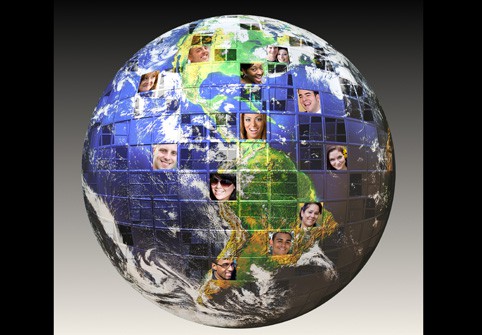
Why are we in the midst of a digital learning revolution? Because the use of all things digital are growing, rapidly. Not just in schools, but everywhere. And all over the world. Education stakeholders striving to fully prepare students to succeed in the future simply can’t deny the need to integrate and educate for best practices of digital learning and citizenship.
Last week, We Are Social published a report and SlideShare presentation on world wide digital and mobile device stats with an in-depth analyses for 24 of the world’s largest economies: Argentina, Australia, Brazil, Canada, China, France, Germany, India, Indonesia, Italy, Japan, Mexico, Nigeria, Poland, Russia, Saudi Arabia, Singapore, South Africa, South Korea, Turkey, Thailand, the UAE, the UK, and the USA.
By totaling all internet users around the world, there appears to be around 2.5 billion global internet users today, about 35% of the world’s population. It is even estimated that there are probably closer to 3 billion global internet users, with most of the difference made up by mobile-only connections.
Despite so much talk around the fact that American teens seem to be leaving Facebook, the social networking trend is definitely not slowing down. In just the year of 2013, the top social networks have added more than 135 million new users worldwide. These numbers suggest that social media is now an engrained part of the lives of people across many different demographic groups. The past few years of stats are showing that social media users may change habits and move from one platform to another, but are not abandoning social media altogether.
Although there is increasing social media prevalence, the number of users do remain unevenly distributed.
Probably the most revealing numbers included in the report are around the growth of mobile devices. “The number of mobile subscriptions jumped by 173 million in 2013, and the number of active mobile subscriptions around the world now equates to roughly 93% of the world’s population.” – with the actual numbers distributing more evenly throughout the world. Two-thirds of Africa’s population uses mobile devices, while many other parts of the world far exceed 100%. It is widely accepted that mobile devices are most important and the opportunities they offer continue to develop at an astounding rate, in the private sector as well as in the realm of education- as they have surmounted laptops and PCs with users all around the world.
Check out all the facts and figures for each country in the complete 180+ page report on SlideShare and more analysis at We Are Social.
The report was necessarily not published through the lens of affecting today’s students, but we would love to hear what your thoughts on these findings and what they mean for the future of education.




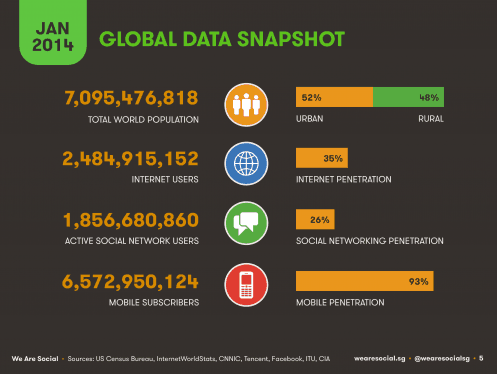
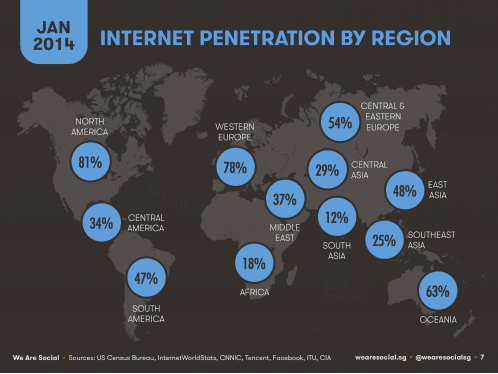
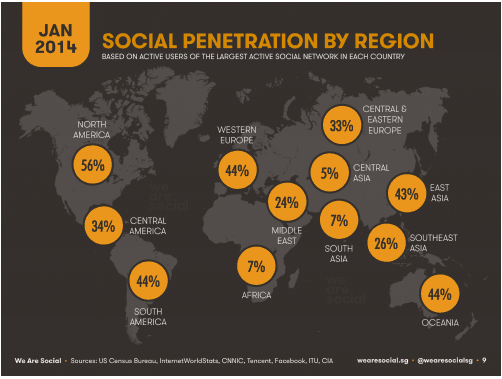
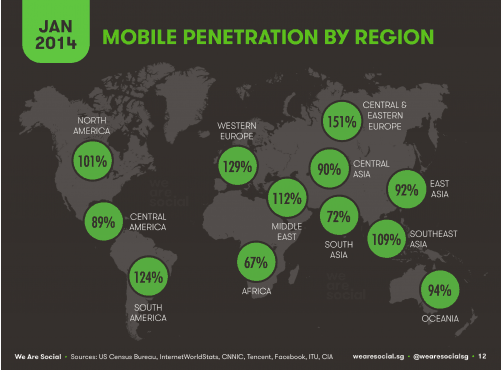




0 Comments
Leave a Comment
Your email address will not be published. All fields are required.